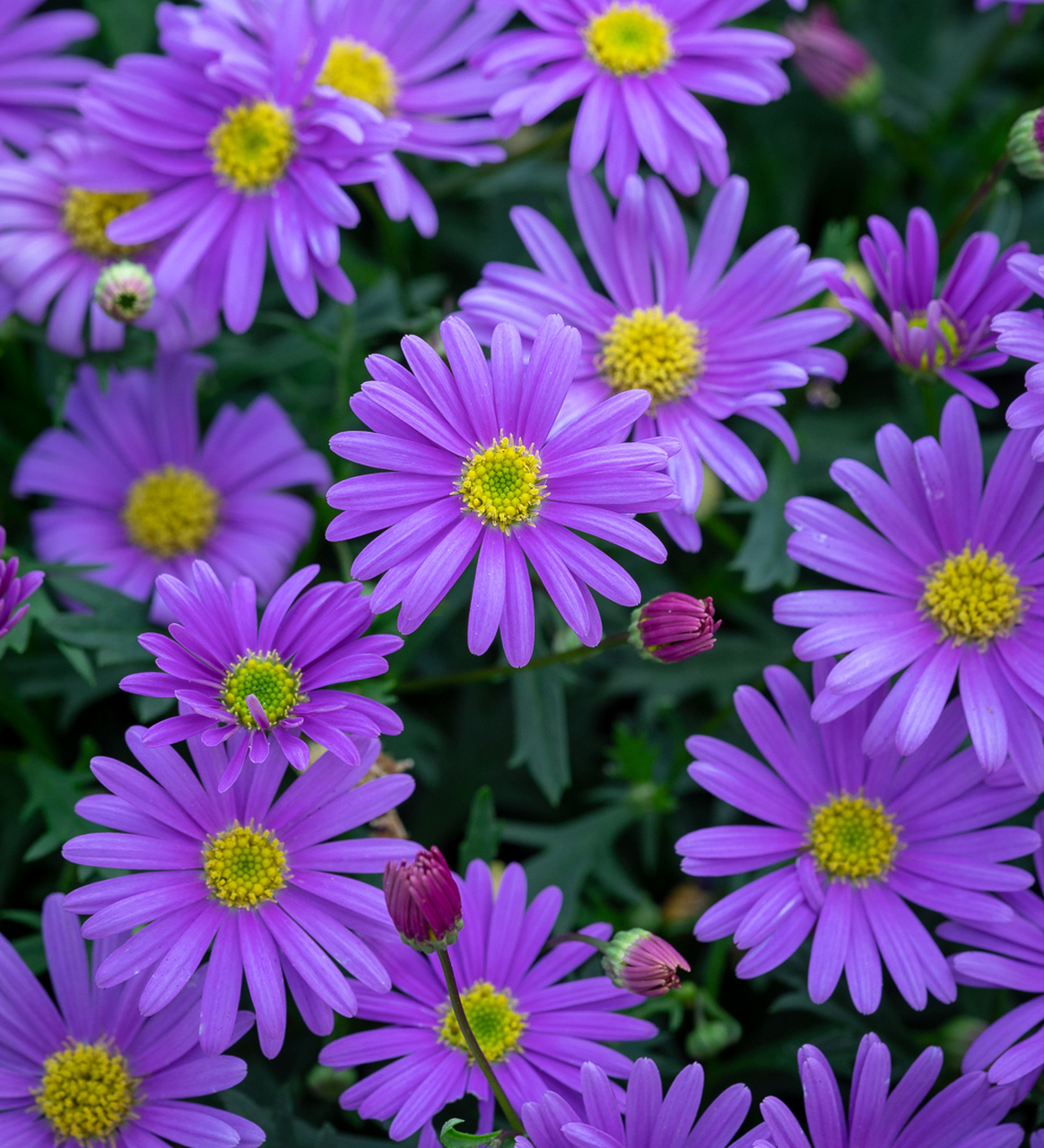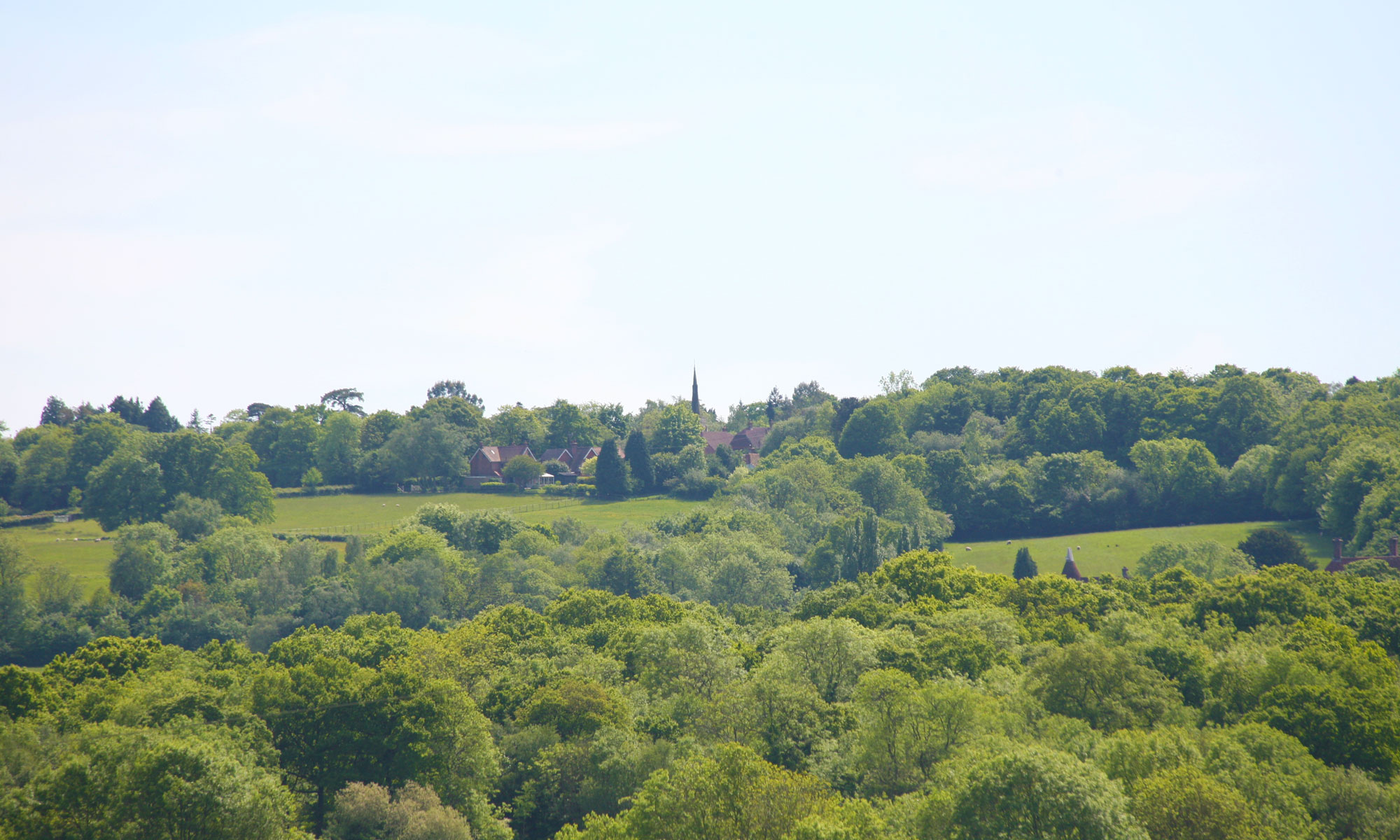 One of the few constants in an ever-changing climate is the autumn of mists and mellow fruitfulness. Well, mists anyway – often spectacular from our garden looking towards Crowborough in the early morning when it lies in a thick blanket in the valley, the tops of trees poking through here and there. Fruitfulness for us is not traditional – we don’t have room for pumpkins and although fascinatingly colourful we can’t make room for inedible gourds. Instead, we take advantage of the protection afforded by the greenhouse and polytunnel to keep us supplied throughout the coming months with salads. Cut and come again’ varieties include rocket, mizuna and several types of mixed leaves. American land cress can be sown as late as September and is very hardy: even surviving outdoors.
One of the few constants in an ever-changing climate is the autumn of mists and mellow fruitfulness. Well, mists anyway – often spectacular from our garden looking towards Crowborough in the early morning when it lies in a thick blanket in the valley, the tops of trees poking through here and there. Fruitfulness for us is not traditional – we don’t have room for pumpkins and although fascinatingly colourful we can’t make room for inedible gourds. Instead, we take advantage of the protection afforded by the greenhouse and polytunnel to keep us supplied throughout the coming months with salads. Cut and come again’ varieties include rocket, mizuna and several types of mixed leaves. American land cress can be sown as late as September and is very hardy: even surviving outdoors.
We like to try something new every year. This season it’s an edible plantain. Most lettuce won’t grow during the short cold days of winter, but there are a few. I’ve mentioned the Real Seed Catalogue before, and last year their winter lettuce ‘Reine des Glaces’ was so successful that we’re growing it again. We were picking some leaves last month from a sowing in mid August and it’s hearting up nicely to keep us supplied until after Christmas. Dobies offer another winter lettuce ‘Jack Ice’ and that’s also doing very well in the polytunnel. There were a lot of baby seedlings still available in the greenhouse last month and as the polytunnel fills up we might plant these spares into mushroom boxes, lined with newspaper and filled with our own homemade compost. All of these came from packets of seed, but we saw our usual freeby Claytonia (Miner’s Lettuce) popping up everywhere in the polytunnel as soon as the tomatoes were cleared away in early October. They look rather like grass seedlings both in shape and abundance and would almost be a nuisance, but we hoe out those we don’t want and are grateful for their soft succulent leaves when many of the other salads have finished.
Also popping up are seedlings of our Sutherland Kale. We saved seed earlier, but these will be our first opportunity to try out self-seeded plants, very welcome if they succeed, as those we planted earlier are looking rather tatty.
Last year we were disappointed with our purple sprouting broccoli. It began well and by this time last year we’d enjoyed it with several meals. Then it started to flower, a sign the plant is going to seed, and despite cutting these off every time we saw them, by Christmas it was all over for one of our favourite vegetables. This year the plants are enormous and so far not a single purple sprout to be seen, which is just as it should be. Last year’s leeks did much the same – plenty before Christmas but then most went to seed. This year they seem to be behaving themselves and with luck will keep us going next year when we really need them.
Asters (Michaelmas daisies) are a stalwart of the late-summer and autumn garden, flowering from August through to October. Rudbeckia fulgida var. ‘Goldsturm’ is one of the most popular. Argyranthemum ‘Jamaica Primrose’ and Helenium ‘Sahin’s Early Flowerer’ are other old favourites. We grow a perennial sunflower Helianthus ‘Monarch’, Aster frickartii ‘Monch’ AGM and Aster novae-angliae ‘Lye End Beauty’ (above). Hoping to find room for a lot more next year!
Garden jobs. Plant tulips. Prune roses to prevent wind rock. Cover brassicas (cabbages, kale, broccoli) with netting if pigeons are a problem. Bring tender plants indoors.
Ken

